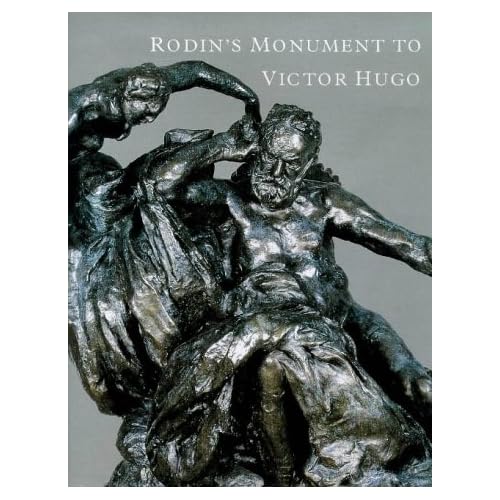Rodin's Monument to Victor Hugo
Category: Books,Arts & Photography,History & Criticism
Rodin's Monument to Victor Hugo Details
The death of the great poet-patriot Victor Hugo (1802-1885) stimulated the French government to transform the Pantheon in Paris into a republican hall of fame. It was to include a monument to Victor Hugo, who had carried the spirit of the French Revolution into the nineteenth century. The artist chosen was the master sculptor Auguste Rodin (1840-1917), who valued the commision above all others that he received. The story of the monument's development, which is compellingly told in this thoroughly researched catalogue, is a long and turbulent one, marked by political disagreement, the complex history of the Pantheon, and the drama of Rodin's relationships with his fellow artists and others. It was not until 1964 that the first bronze cast of Rodin's Monument to Victor Hugo was made, a majestic work based on the plaster that originated in 1897 and intended for a permanent setting at a busy street intersection in Paris. The same plaster group also served as the basis for the second bronze cast, commissioned in 1995 by the late B. Gerald Cantor, the pre-eminent collector and proponent of Rodin in the United States in the second half of the twentieth century. This major traveling exhibition and accompanying catalogue, both prepared by the Iris and B. Gerald Cantor Foundation as part of their ongoing mission to bring the work of Rodin to a broader public, present over twenty sculptures by the artist, as well as works on paper.

Reviews
This book is interesting mainly as an illustration of the Cantor's systematic--and rather questionable-- promotion of posthumous bronzes "by" Rodin. The sculptor had a great deal of trouble designing the monument to Victor Hugo and it was never completed during his lifetime. Certainly the monument as reconstructed here is a rather clumsy and odd looking thing, not at all the lost masterpiece implied by the text. To make matters more complicated, Rodin intended the monument to be made of marble, not bronze. Thus this book inadvertently skates on the very thin ice of producing artworks posthumously, a practice that has clouded Rodin's legacy. The Cantor has not been particularly forthcoming about this issue and a careful reading of the text reveals this shortcoming.That all said, the book is recommended reading for the Rodin enthusiast because it tells us about a little-known and not very attractive work that we otherwise would have passed us by. The general reader would probably do better to study the Burghers of Calais, or one of the better surveys of Rodin's career.


